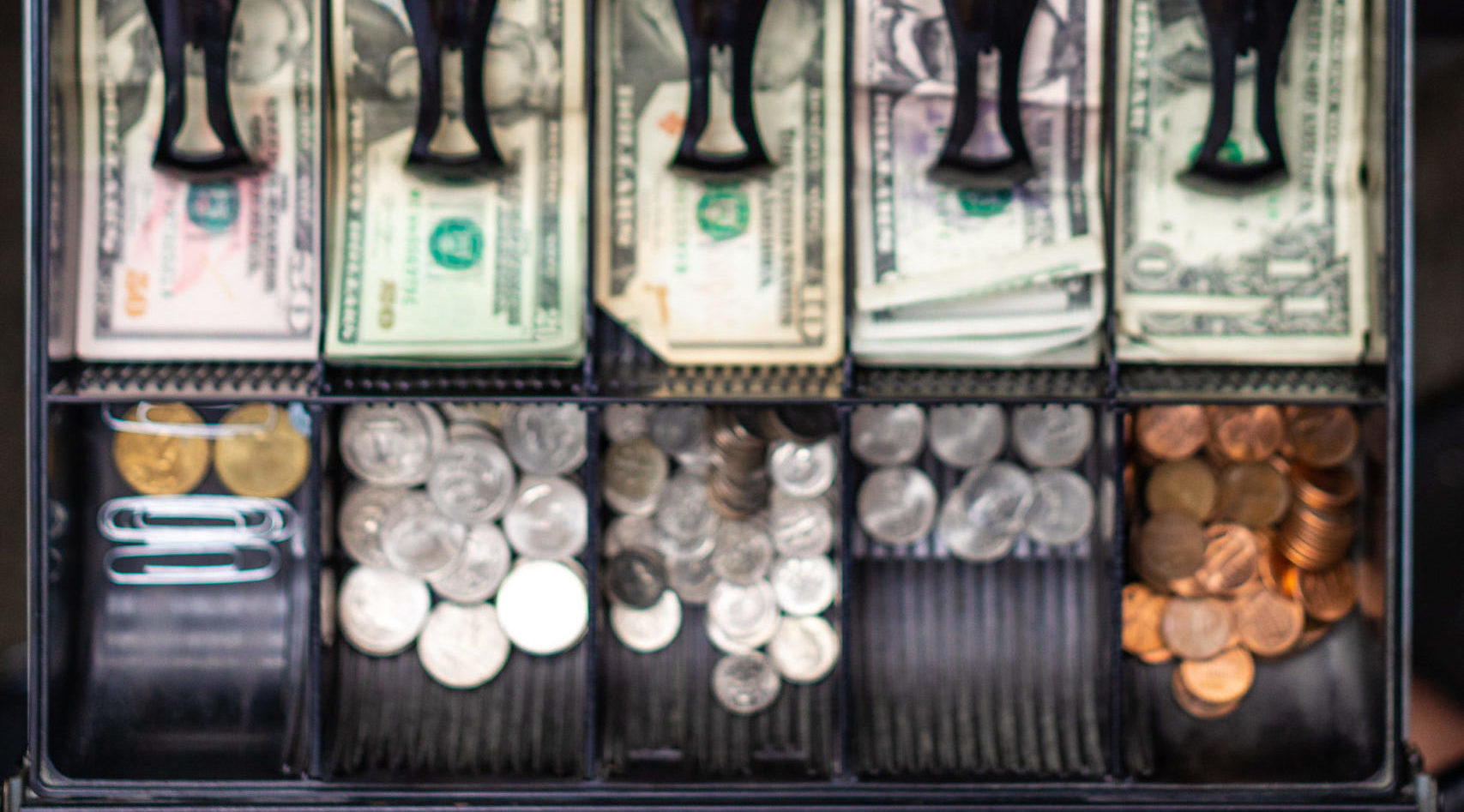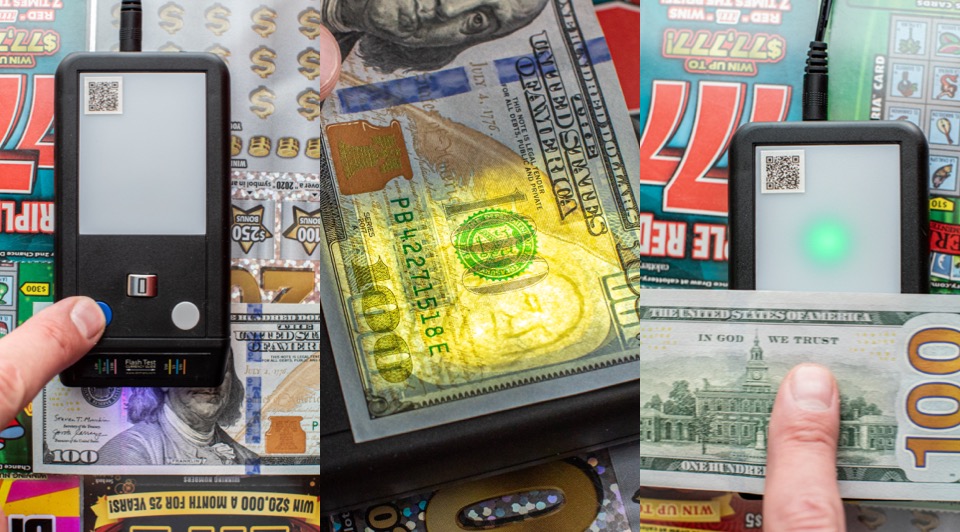Ever wonder what the ridges on the side of a coin are for? Well, those ridges are some of the first examples of counterfeit detection that can be found in the United States. The ridges which are called reedings, were put into standard practice because of the US Coinage Act of 1792. The Coinage Act established that there must be uniform standards for the making of all US minted coins. So, when it came to coins, each United States coin produced by the Treasury had to consist of exactly the same amount of metal that it’s made of. This is significant because specific coins like dimes and quarters were historically made from precious metals like gold and silver.
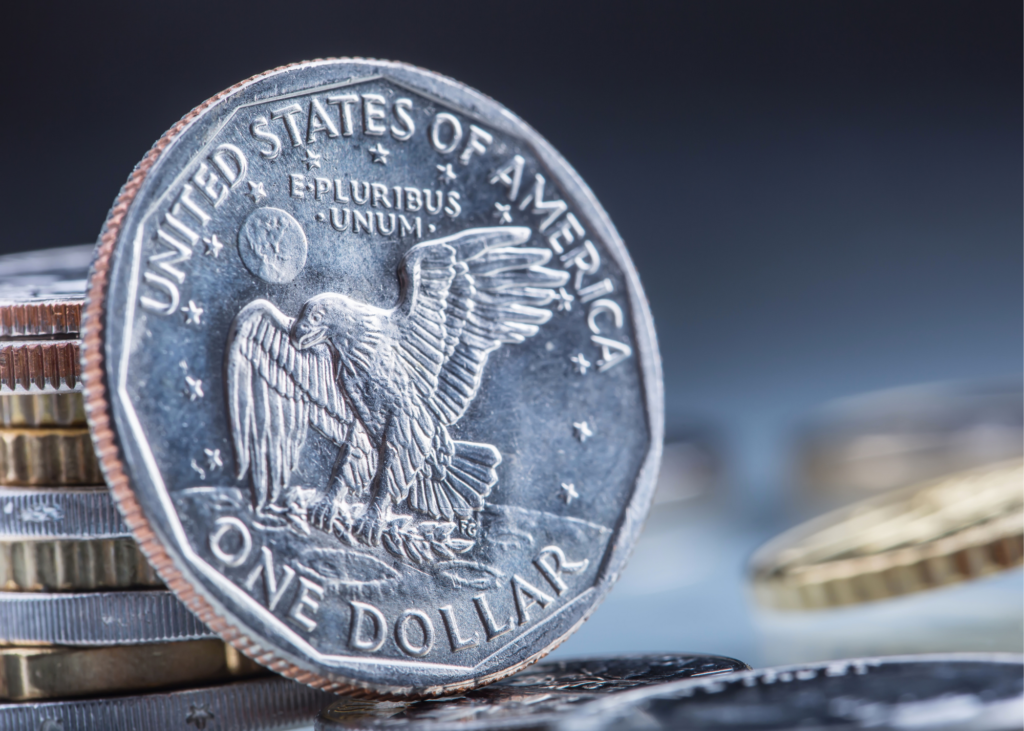
So why the ridges you may ask? Because coins were once made of these precious metals, the public would once shave off the edges of the coin and keep the small piece for themselves. This practice was called coin clipping and can also be attributed to European coins as far back as the 4th and 5th centuries. Thus, since the creation of standardized money people have figured out a way to cheat the system.
Looking beyond the obvious personal gain, nations have also been known to use counterfeit money as a means of warfare. During the American Civil War, the Union was known to counterfeit the Confederate State Dollar and funnel it directly into the South in order to devalue their currency and consequently their economy. Shortly after that, with the increase of counterfeit cash in circulation Abraham Lincoln established a commission that resulted in the birth of the Secret Service. Up until 2003 the American Secret Service remained part of the US Treasury, combatting counterfeit money.
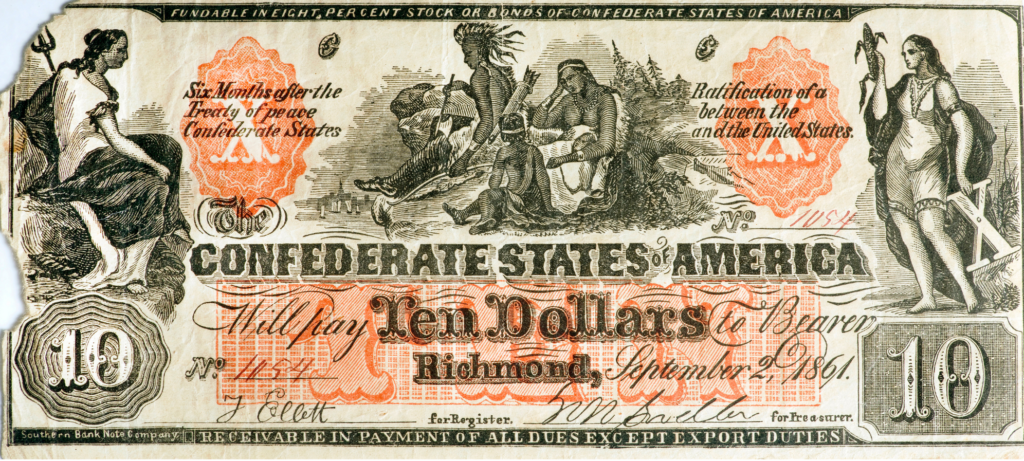
In more recent history, the United States government has itself accused North Korea as well as various other sources, of producing and distributing super dollars (a name given because of their high quality) into the world’s economy. These super dollars are incredibly hard to detect and in worldwide circulation. In 2002, a group of British criminals were arrested and convicted of producing over $35 million of $100 bills. In response, in 2013, the United States introduced a new $100 bill which featured a 3D security ribbon, color shifting ink and microprinting which would be harder to counterfeit.
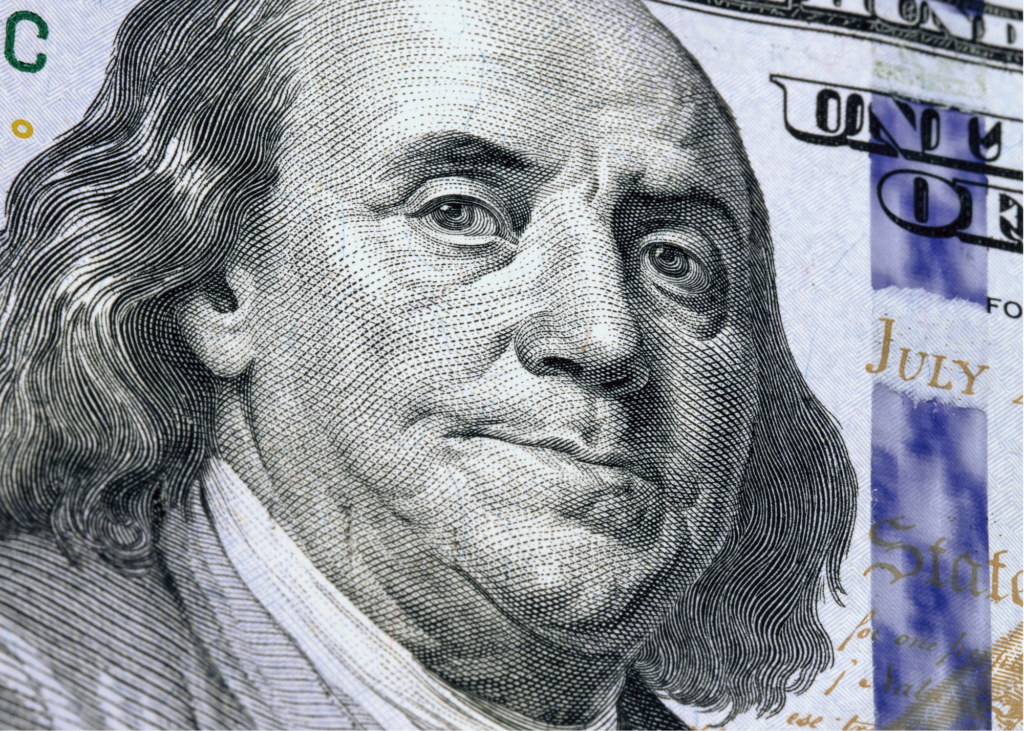
This takes us to modern day counterfeiting. As technology advanced so did the counterfeiting practices of the average individual. Gone are the days of merely clipping coins and in come laser printers and movie prop money. Phony paper cash and fake IDs are easily created using Photoshop, at home printers or even chemically washing existing bills. These bills can be incredibly convincing and hard to detect with merely your senses. And besides the obvious implications of accepting and creating counterfeit cash it can also cause nation wide inflation and foster crime.
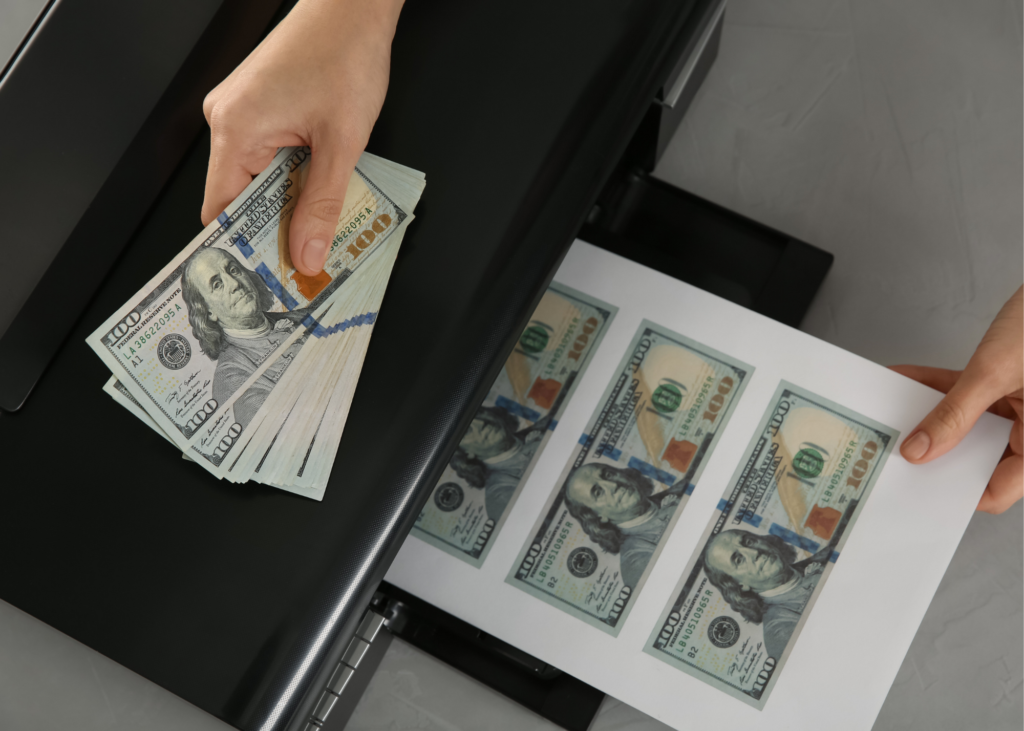
So how do you get protected against counterfeit cash and IDs? Dri Mark Products is the original patent holder of the classic counterfeit detector pen and a leader in counterfeit detection technology. So get protected now by shopping Dri Mark Products HERE.


